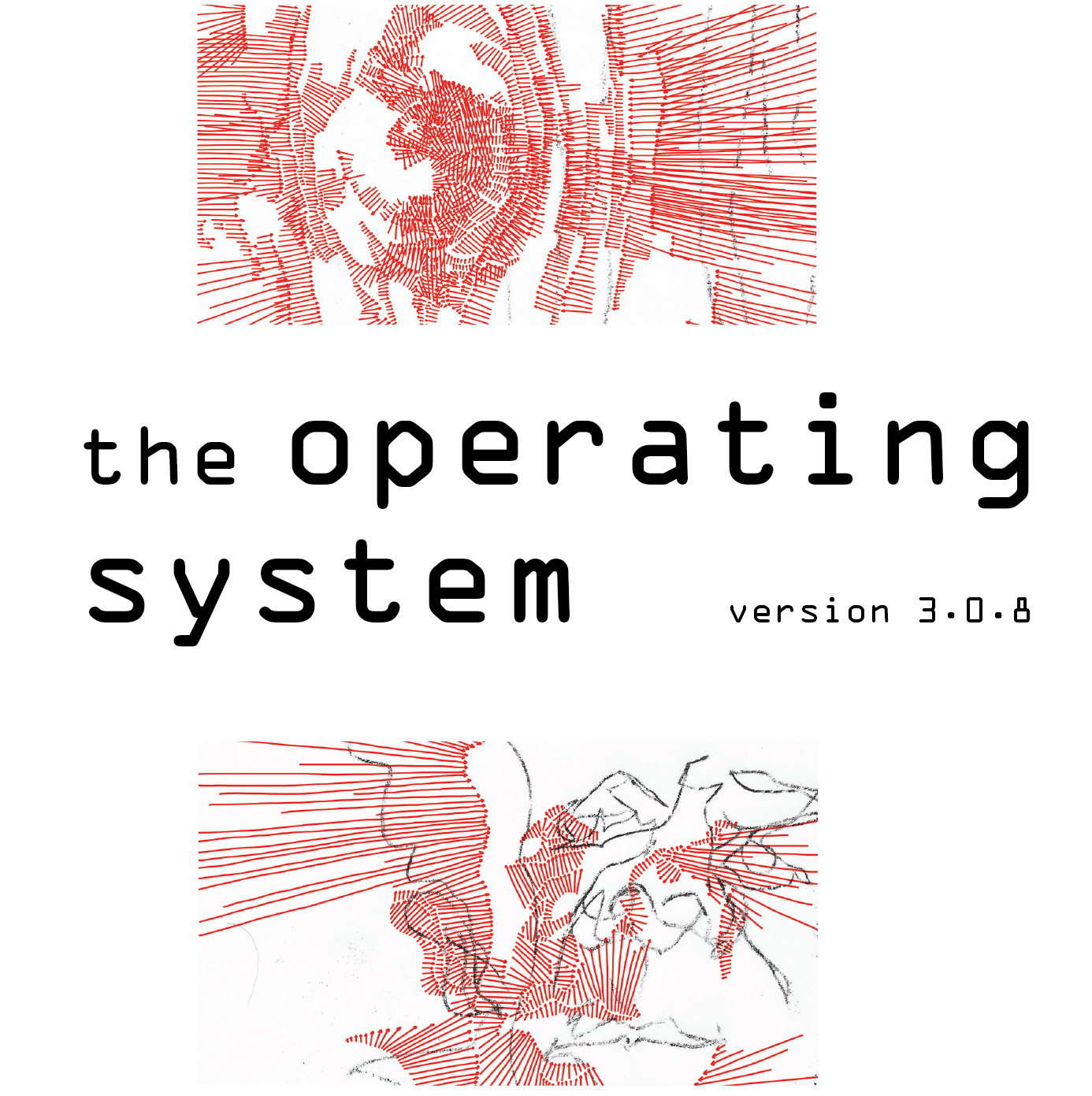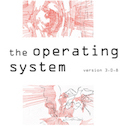ART :: HELIOPOLIS PRESENTS WITNESS MY HAND with Paul Ramirez Jonas

Heliopolis Presents:
PAUL RAMIREZ JONAS : Witness My Hand : March 1st – March 24th, 2013
Opening Reception: Friday, March 1st, 7-10PM
Curated by Georgia Elrod, Sarada Rauch and Baris Gokturk
Witness My Hand is based on a simple premise: A copy machine is a form of active pedestal. A sculpture is placed on top, and its bottom can be “published” by the viewer.
A photo copier is a magic base. Originals go on top, endless copies come out of it. The structure of this machine is very simple: There are things on top that get to be copied, they are the originals. There are things inside, they are the raw material. And there are things that come out.
All pedestals are a form of frame, and it could be argued that they transform whatever is on top of them. Piero Manzoni made a series of pieces called Base Magica: A pedestal that a viewer could climb onto and become a sculpture. Manzoni also made a piece called Pedestal of the World: A pedestal, with that inscription on its base, turned upside down so that the world was on top of it. Lets re-imagine those pieces with a copier in the place of the pedestal.
A notary public has its origins in the role of scribe. A scribe was a recorder of facts, a copier and transcriber, and the notary public grew out of that. They now offer a service to the public–one of testifying to the originality of the mark. They “witness the hand”.
Inspired by copy centers and office spaces, for this show Paul Ramirez Jonas explores presentation and re-presentation, function and context. A copy center is a social space where people come and go. They come with meaning they want to spread and publish, or they come with meaning they found and want to make their own. Thus, the copy center is sometimes a space to publish and broadcast, and sometimes it is a space for appropriation. Is the copy center the original, decentralized? Like a copy center, Heliopolis becomes a space to publish, broadcast, or appropriate.

Lynne DeSilva-Johnson, Managing Editor:
Ramirez Jonas was generous enough to sit down and answer some of our questions not only about the show and his work, but in those things that keep an Exit Strata editor (uh, me) up at night: cooperative economic models, the changing art world, the changing art education world,…even a little magic.
We’re so grateful to have his thoughts to share with you and we heartily encourage you to come check out Witness My Hand at Heliopolis TONIGHT! Read on for the full interview and Jonas’s bio, below.
[Heliopolis is located at 154 Huron Street, in Greenpoint, Brooklyn, and is open every Saturday and Sunday, 1-6pm, or by appointment.]
—–
LDJ: There’s been much talk about (and we believe strongly in) the rise of collective culture, collaborative consumption, cooperative business models, etc. and as you know, both Heliopolis and Exit strata run on a model that thrives on pooled resources and encourages sharing (ie. Open Source), which I feel is assisting us in moving past fear of other artists in the name of competition. What are your thoughts, if any, on this state of affairs?
I am an optimistic pessimist, or a pessimistic optimist. I am not sure which.
I attribute this to my Latin American background.
It could be argued that throughout modernity artists have been peripheral to the larger economy, but not marginal to culture at large. I think that a mixture or fierce independence and mutual support have improbably gotten us through that period.
This current time is confusing because while the art world seems to be graduating to a new level of high economic activity, it could seem that we are no longer economically marginal. This is an illusion that unfortunately arrives at a time, where here in NYC, without a doubt, it has become the most challenging time to survive as an artist… or gallery, or curator, or critic. Heliopolis sees through this mirage, and holds fast to the idea that only mutual support will preserve us.
LDJ: That being said, what do you see as the role or importance of new models, like Heliopolis, in creative culture at this time? As an already established artist with a substantial career behind you, what makes you willing to / excited to engage with young projects/organizations such as this one?
PRJ: Last night I was installing my show at Heliopolis. Sarada, Baris, Georgia and I had all been at our day jobs all day long… we met at 7pm. Moved the work ourselves, installed the work ourselves, etc. It was totally DIY, completely outside the regular economy, transparent and full of love. Motives, intentions and rewards where all clear. Nothing was hidden.

Exactly a week ago, I was installing another show at what could be characterized as a blue chip gallery. I think both experiences where identical, except for the clarity. The same love, intentions, and rewards were present in both shows; but in the previous show they were mixed and obscured among the pressures and expectations of career, commerce and success.
Artists need both (galleries, frankly, need both), we need every part of the ecosystem of art running and working in relation to each other. Still, the Heliopolis model is precarious and constantly under threat. It only survives by being constantly re-invented and resurrected and for me it is a privilege to still be able to participate in it.
Why am I willing to engage? Because the clarity of the context is one of the most liberating situations to show art in.
LDJ: This warms my heart to hear.
To change the subject a bit — it’s not surprising to find that, like me, you are also an educator (note: Jonas is a professor of Art at Hunter College, CUNY). I often think about how education is changing both inside and outside the classroom, and how we must adapt.
Do you feel there is a link, necessarily, between the culture of MFA programs and the shifting art scene? Who, if anybody, does it remain useful for? …and who not?
PRJ: I have very strong views about this…. I used to think that education was good… always. But is an MFA useful if the debt it creates pretty much handicaps your ability to be an artist… for the term of the loan?
I am grateful that I teach at Hunter College where this ethical dilemma is somewhat mitigated by its bargain priced tuition.
LDJ: I guess to take it one step further what I find myself asking is how those outside of MFA programs can feel more connected and less isolated, like their relationship to their chosen profession is less terrifying, less damning, etc…? At Exit Strata we work a lot on empowerment, encouraging artists and writers to leverage and understand their value — something we call “creative agency” — and I’m always interested in talking about how we can work together to build structures and resources that help us feel supported and powerful in our practice.
PRJ: Exactly. One could see the production of culture as a complex system that one needs to gain entry into –but that puts you in a position of being a supplicant asking for permission or validation. Or one could see the production of culture as a complex system that to some degree allows for amazing amounts of agency.
I have rarely seen an example of self-organized initiatives that have not been rewarding and valuable. For goodness sake, almost everything in the art world was created or founded by individuals and groups that took the license to create structures and resources for themselves and others. Heliopolis is being self-created in the same way that Artist Space, Printed Matter, the New Museum, were created: not by waiting to be admitted into something, but by making that something.
This is also true for galleries, Gavin Brown began in his apartment, for example. Art is a collective enterprise, we are in relation to each other, we are in relation to artists from the past, it is our job to make the art and the collective situation. Margaret Mead said: “Never doubt that a small group of thoughtful, committed citizens can change the world. Indeed, it is the only thing that ever has.”

LDJ: As an lapsed anthropologist, I approve of this message. (Indeed, I heartily agree.)
Taking it even further with the question of just how much we are capable of, with our creative collective action, I feel inspired to note that I do believe, ultimately, that art/music/writing is a (nearly?) divine act: that CREATION of something entirely new is an ecstatic human superpower and we should feel excited and thrilled and grateful for the ability to do it, and feel encouraged in doing it. What say you?
PRJ: My favorite magic spell is abracadabra, the word has its origins in aramaic and it can be translated as “I create as I speak”.
I do not believe in the divine; but the continuity and existence of art exceeds the continuity of religion. It is a relay between individuals that is not predicated by membership, nationality, biology, religion or identity. It is a self organized and spontaneous group.
And while we may be mortal, soulless, and mere biological incidents on this earth –we do collectively maintain something eternal, at least in relation to our short lives, greater than ourselves, and extremely beautiful and moving, precisely, because it is independent of the divine.
—
Paul Ramirez Jonas’ selected solo exhibitions include Pinacoteca do Estado, Sao Paulo, Brazil; The Aldrich Contemporary Art Museum, Ridgefield, Connecticut; The Jack S. Blanton Museum of Art, Austin, Texas;
a survey at Ikon Gallery (UK) and Cornerhouse (UK); Alexander Gray Gallery (NYC); Roger Björkholmen (Sweden); Nara Roesler Gallery (Brazil); and Postmasters Gallery (NYC). His honors include grants from
the National Endowment for the Arts, the Joan Mitchell Foundation, ArtMatters, the Howard Foundation, the International Studio Program in Sweden, and the Atlantic Center for the Arts, among others. He has built permanent projects in Cambridge, MA and a permanent public sculpture for the Hudson River Park, New York City. In 2010 his Key to the City project was presented by Creative Time in cooperation with the City of New York. Paul Ramirez Jonas is represented by Leo Koenig, Inc.


